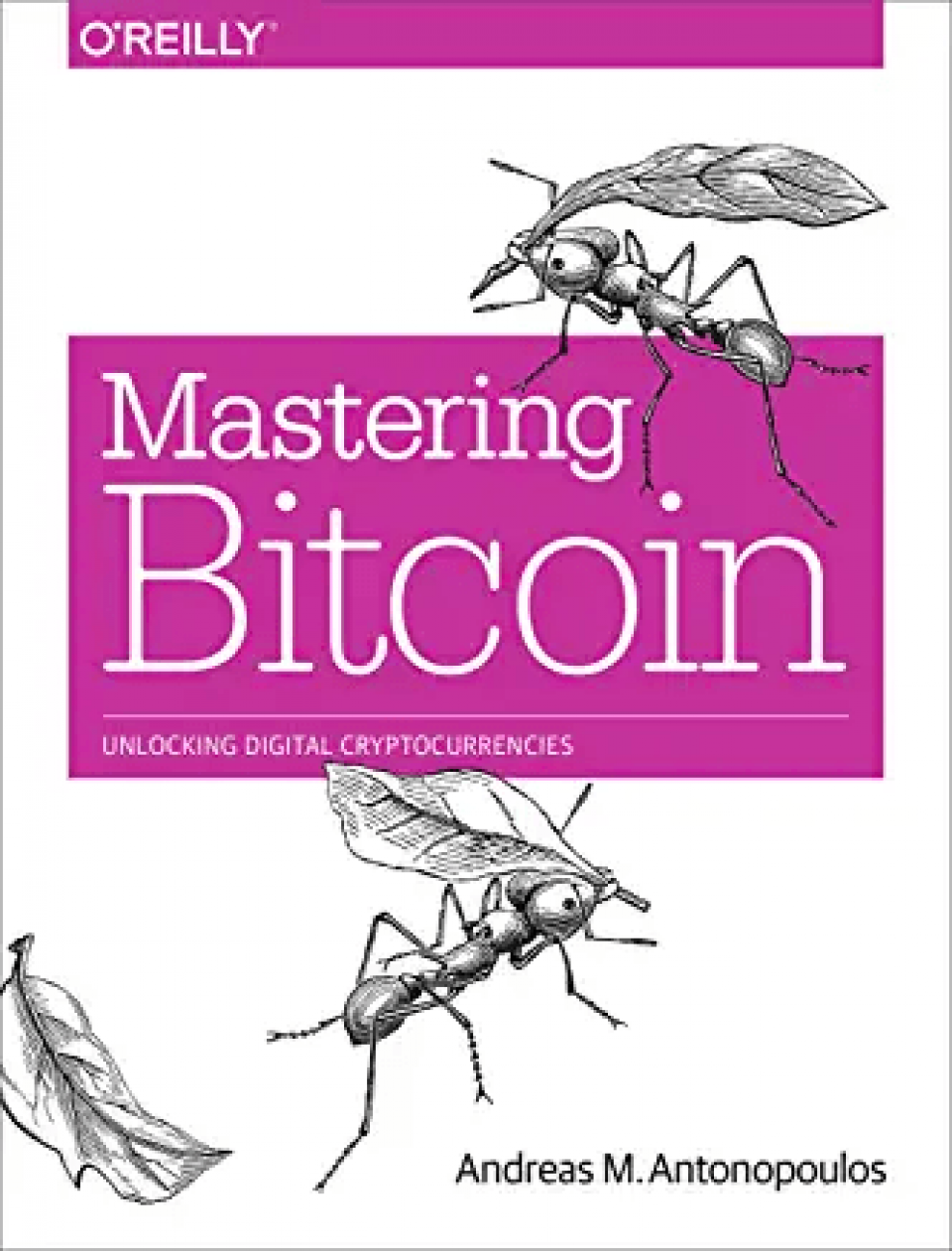
Chapter 1. Introduction
Bitcoin is a collection of concepts and technologies that form the basis of a
digital money ecosystem. Units of currency called bitcoin are used to store
and transmit value among participants in the Bitcoin network. Bitcoin users
communicate with each other using the Bitcoin protocol primarily via the
internet, although other transport networks can also be used. The Bitcoin
protocol stack, available as open source software, can be run on a wide
range of computing devices, including laptops and smartphones, making the
technology easily accessible.
TIP
In this book, the unit of currency is called “bitcoin” with a small b, and the system is
called “Bitcoin,” with a capital B.
Users can transfer bitcoin over the network to do just about anything that
can be done with conventional currencies, including buying and selling
goods, sending money to people or organizations, or extending credit.
Bitcoin can be purchased, sold, and exchanged for other currencies at
specialized currency exchanges. Bitcoin is arguably the perfect form of
money for the internet because it is fast, secure, and borderless.
Unlike traditional currencies, the bitcoin currency is entirely virtual. There
are no physical coins or even individual digital coins. The coins are implied
in transactions that transfer value from spender to receiver. Users of Bitcoin
control keys that allow them to prove ownership of bitcoin in the Bitcoin
network. With these keys, they can sign transactions to unlock the value and
spend it by transferring it to a new owner. Keys are often stored in a digital
wallet on each user’s computer or smartphone. Possession of the key that
can sign a transaction is the only prerequisite to spending bitcoin, putting
the control entirely in the hands of each user.
Bitcoin is a distributed, peer-to-peer system. As such, there is no central
server or point of control. Units of bitcoin are created through a process
called “mining,” which involves repeatedly performing a computational
task that references a list of recent Bitcoin transactions. Any participant in
the Bitcoin network may operate as a miner, using their computing devices
to help secure transactions. Every 10 minutes, on average, one Bitcoin
miner can add security to past transactions and is rewarded with both brand
new bitcoins and the fees paid by recent transactions. Essentially, Bitcoin
mining decentralizes the currency-issuance and clearing functions of a
central bank and replaces the need for any central bank.
The Bitcoin protocol includes built-in algorithms that regulate the mining
function across the network. The difficulty of the computational task that
miners must perform is adjusted dynamically so that, on average, someone
succeeds every 10 minutes regardless of how many miners (and how much
processing) are competing at any moment. The protocol also periodically
decreases the number of new bitcoins that are created, limiting the total
number of bitcoins that will ever be created to a fixed total just below 21
million coins. The result is that the number of bitcoins in circulation closely
follows an easily predictable curve where half of the remaining coins are
added to circulation every four years. At approximately block 1,411,200,
which is expected to be produced around the year 2035, 99% of all bitcoins
that will ever exist will have been issued. Due to Bitcoin’s diminishing rate
of issuance, over the long term, the Bitcoin currency is deflationary.
Furthermore, nobody can force you to accept any bitcoins that were created
beyond the expected issuance rate.
Behind the scenes, Bitcoin is also the name of the protocol, a peer-to-peer
network, and a distributed computing innovation. Bitcoin builds on decades
of research in cryptography and distributed systems and includes at least
four key innovations brought together in a unique and powerful
combination. Bitcoin consists of:
A decentralized peer-to-peer network (the Bitcoin protocol)
A public transaction journal (the blockchain)
Mastering Bitcoin: Unlocking Digital Cryptocurrencies by Andreas M. Antonopoulos




